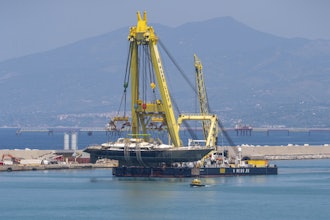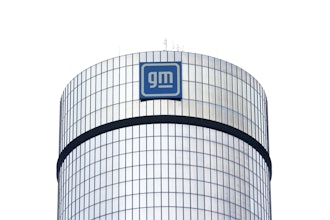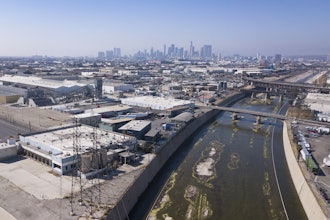In 1989, Scott Crump was manufacturing load cells for commercial aviation. Before additive manufacturing existed, prototyping was a long process that started with wood, clay, and foam -- and modeling cost $25,000.
Prototyping was expensive and the engineer in Crump was looking for a better (and cheaper) way. He used CAD, but the prototype process, including iterations, could take two-to-three years. And in the three years before pilot production, companies were losing business. It was then that the current CEO and president of Stratasys found his inspiration in 2D plotters and went on to invent fused deposition modeling (FDM) technology.
2D plotters use an ink pen to create 3D images, the process is known as 3D plotting. Crump watched the plotters and thought, “What if I could take an ink pen and output plastic? What if I could do it with metal?” Crump first experimented with a handheld glue gun and built a “toy” frog. Though I couldn’t confirm its resemblance to an actual frog, Crump's daughter loved it and accidentally became his first additive manufacturing customer.
3D printing was at its most primitive. What followed was months experimenting in the kitchen with candlewax and plastics, and subsequently ruining every good frying pan in the house. Once his tinkering made it impossible to cook a decent meal, his wife sequestered him to the garage.
Crump had already spent $10,000 tinkering, when his wife approached him again. “Stop this nasty habit,” she exclaimed and challenged him to either quit altogether or incorporate. Crump chose the latter, but found that it wasn’t easy to raise money with little more than an idea and a glue gun. He leveraged everything but his wedding rings to raise the $90,000 that he thought it would take to get the company to cash-flow positive. Looking back, he adds that it took roughly $30 million.
More than two decades later, the father of FDM has shipped more than 18,000 units and is now experiencing an explosion in the use of additive systems for both end use part output and custom manufactured tools. Crump’s success story is unique in his ability to move forward in the face of many unknowns. His belief in his vision gave the confidence to press on, even though he had only shipped five systems in his first three years -- early models only produced wax models for investment casting. He also had the wherewithal to hand over the technological reigns when he was getting in over his head. He held onto the innovator’s role up to the last prototype, but then hired a team of plastic, mechanical, and electrical engineers to commercialize the project, delegating 100 percent of the tasks.
When I’m on the road or visiting a new company, it is stories like these that restore my faith in man’s tenacious drive to innovate in the face of failure. Everyone has a million dollar idea (some of us even joke about our million-dollar idea of the day), but only a select few have the gusto to see the project through, to success or failure.
If you have an idea, grab your glue gun and head to the garage, hopefully your significant other will be accommodating when it comes to cookware. If not, well, I’ll spring for a new set for your apartment-warming party.
What’s your take? Email [email protected].


















